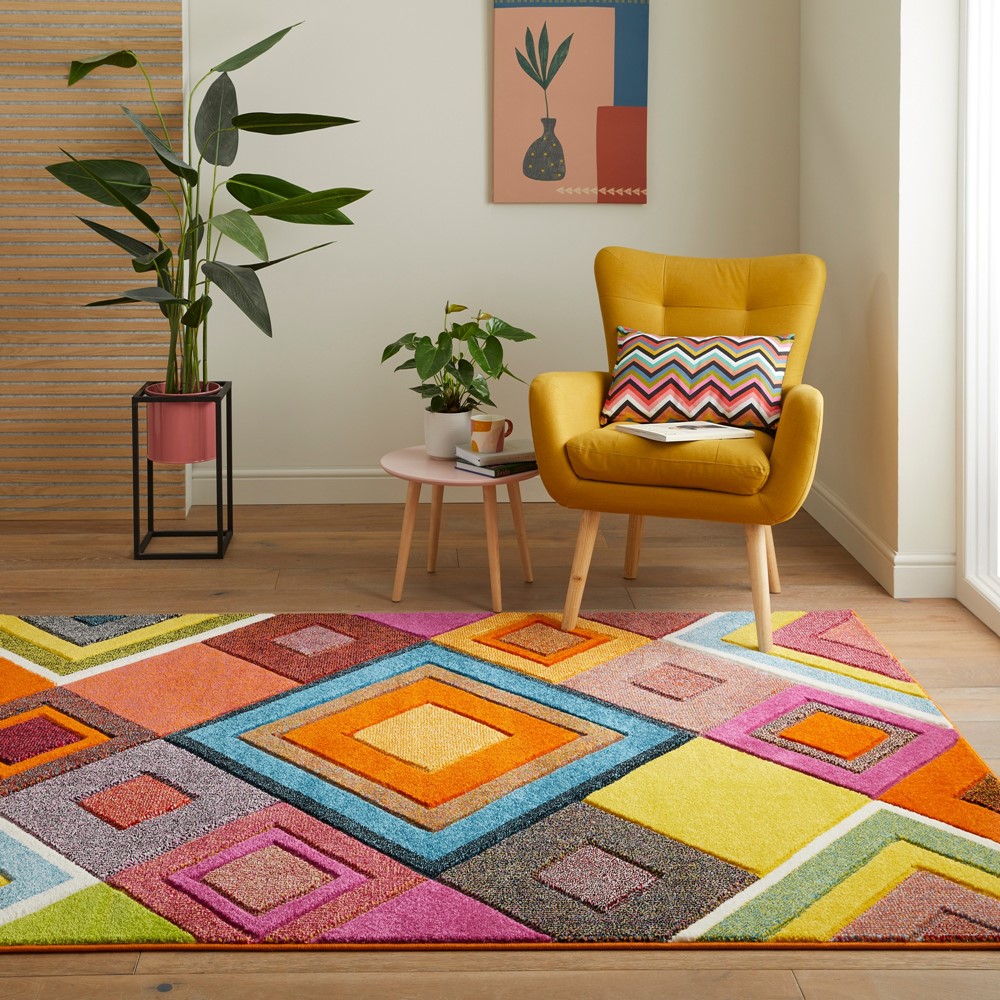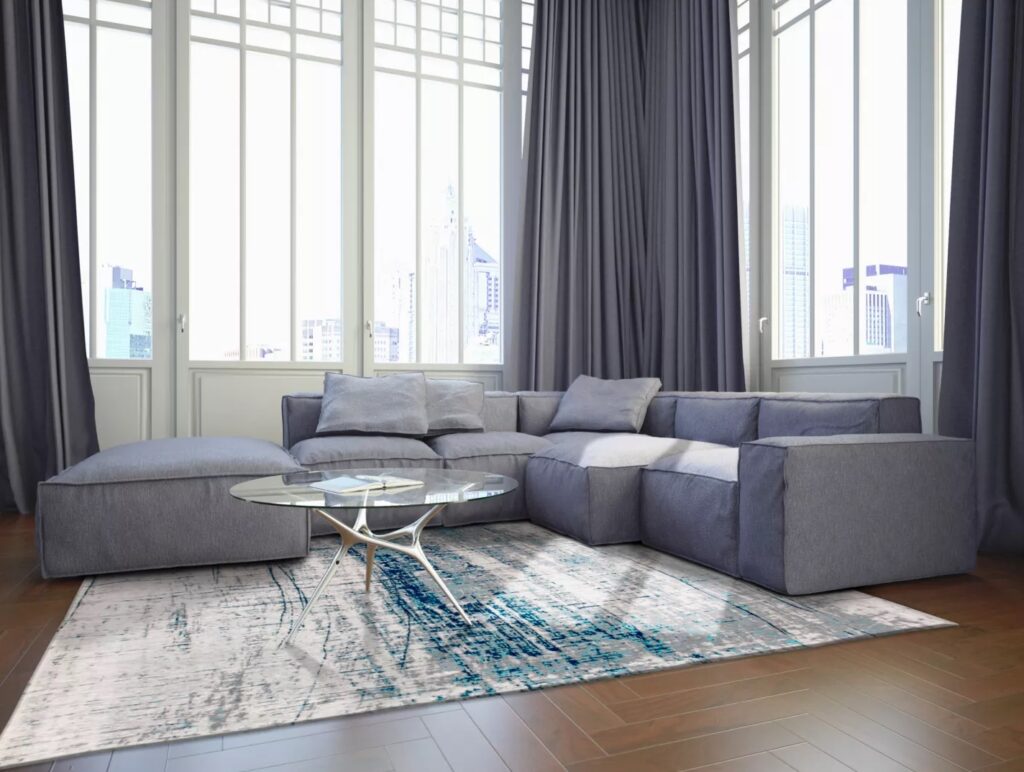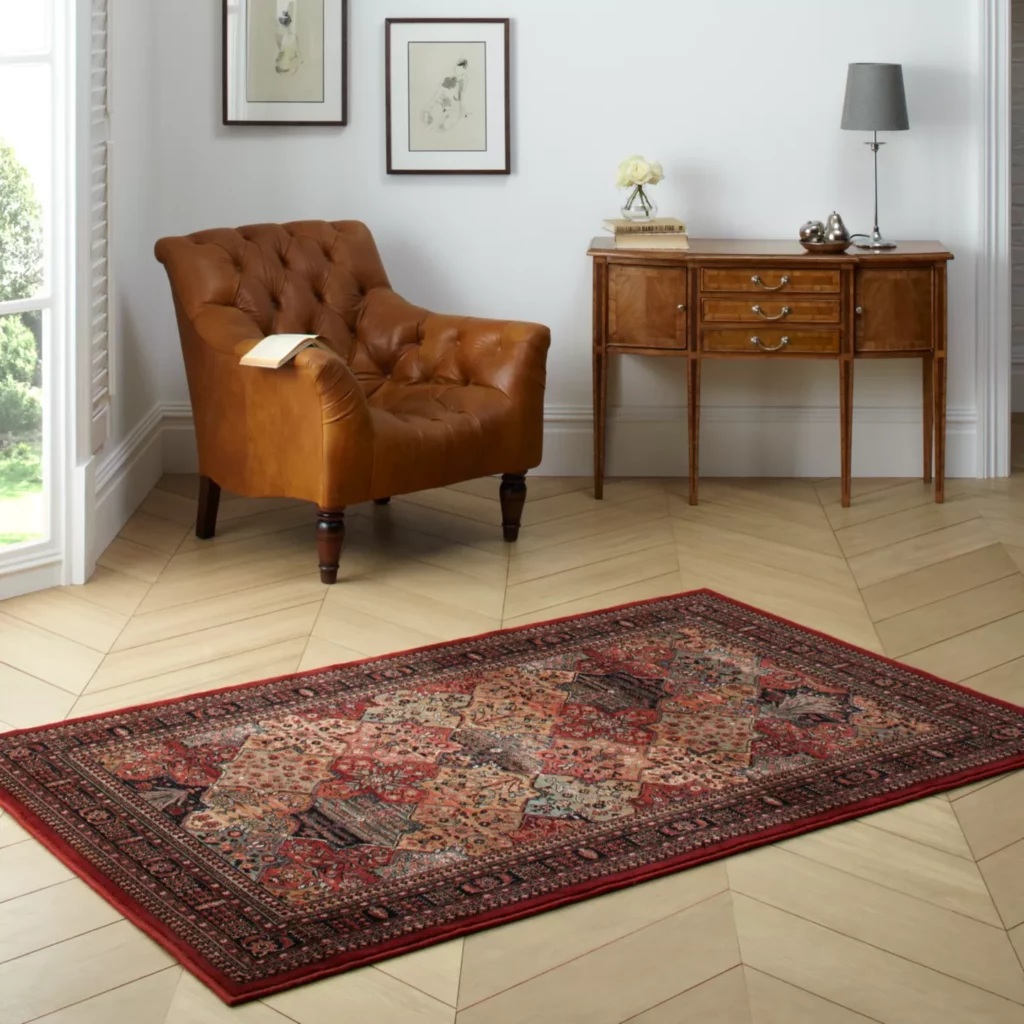Rugs are more than just floor coverings; they’re versatile pieces of decor that can anchor a room, add warmth, and infuse a touch of personality into your living spaces. Choosing the right rug involves considering various factors, from style and size to material and maintenance. In this article, we’ll explore valuable tips to guide you in selecting the perfect rug for your home.
Define Your Style
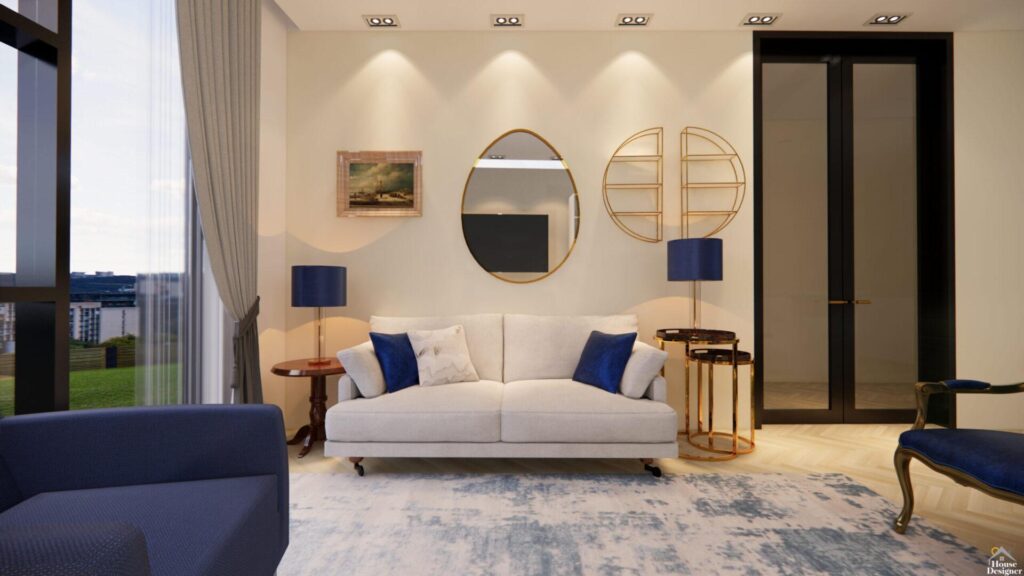
Image credit: House Designer
Before delving into the world of rug options, take a moment to define your interior design style. Whether your home is contemporary, traditional, bohemian, or somewhere in between, your rug should complement and enhance the existing decor. Consider colors, patterns, and textures that align with your aesthetic preferences.
Consider the Room’s Purpose
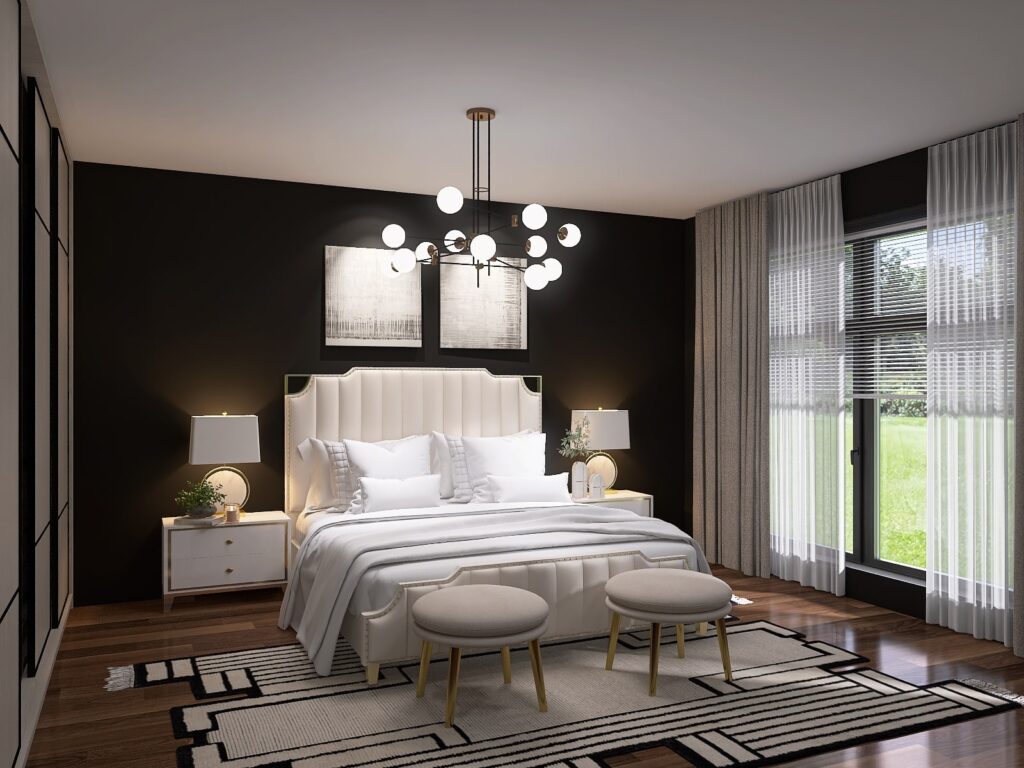
Image credit: House Designer
Different rooms serve different purposes, and your rug choice should reflect this. In high-traffic areas like the living room, choose a durable rug material that can withstand frequent use. For bedrooms, priorities comfort with a soft and plush rug underfoot. Understanding the function of each space helps determine the appropriate size and material for your rug.
Size Matters
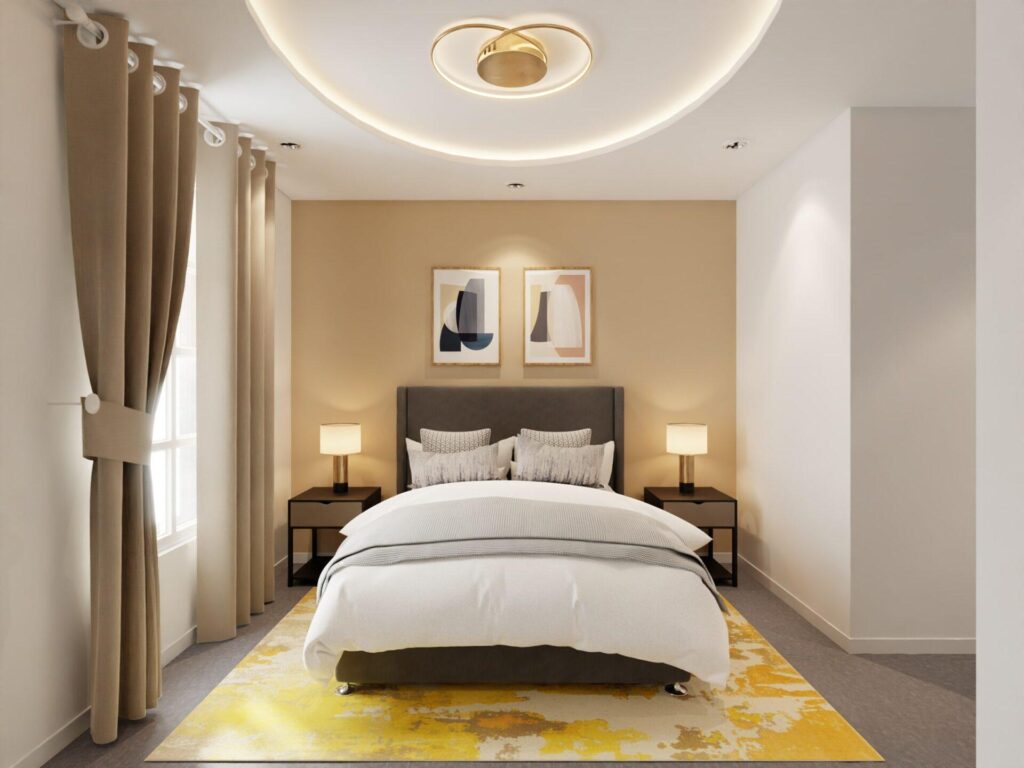
Image credit: House Designer
The size of your rug is crucial for creating a balanced and well-proportioned look. In the living room, the rug should anchor the seating area, with all furniture legs either on or off the rug. In dining rooms, the rug should extend beyond the table to accommodate chairs, even when pulled out. In bedrooms, opt for a rug that extends beyond the bed to create a cosy and inviting atmosphere.
Material Considerations
Rug materials contribute not only to the overall look but also to the rug’s durability and maintenance. Common materials include wool, which is durable and naturally resistant to stains, and cotton, which is soft and easy to clean. For a luxurious feel, consider silk or viscose, but be mindful of their care requirements. Outdoor rugs made from synthetic materials are ideal for withstanding the elements.
Embrace Patterns and Colours
Rugs are an excellent opportunity to introduce patterns and colors into your space. If your room features neutral tones, consider a bold, patterned rug to add visual interest. Conversely, if your decor is vibrant and eclectic, a solid-colored rug can provide a grounding effect. Harmonise the colors and patterns with the existing elements in the room for a cohesive look.
Layering for Depth
For an added dimension to your decor, consider layering rugs. This technique involves placing smaller rugs on top of larger ones, creating a visually dynamic and textured effect. Experiment with different patterns and textures to find a combination that elevates the overall design of your room.
Maintenance and Cleaning
Practicality is key when choosing a rug, especially concerning maintenance and cleaning. Consider the ease of cleaning based on the rug’s material. Low-pile rugs are easier to vacuum, while high-pile rugs may require more maintenance. Additionally, opt for stain-resistant treatments or choose patterns that can camouflage potential spills and stains.
Budget Wisely
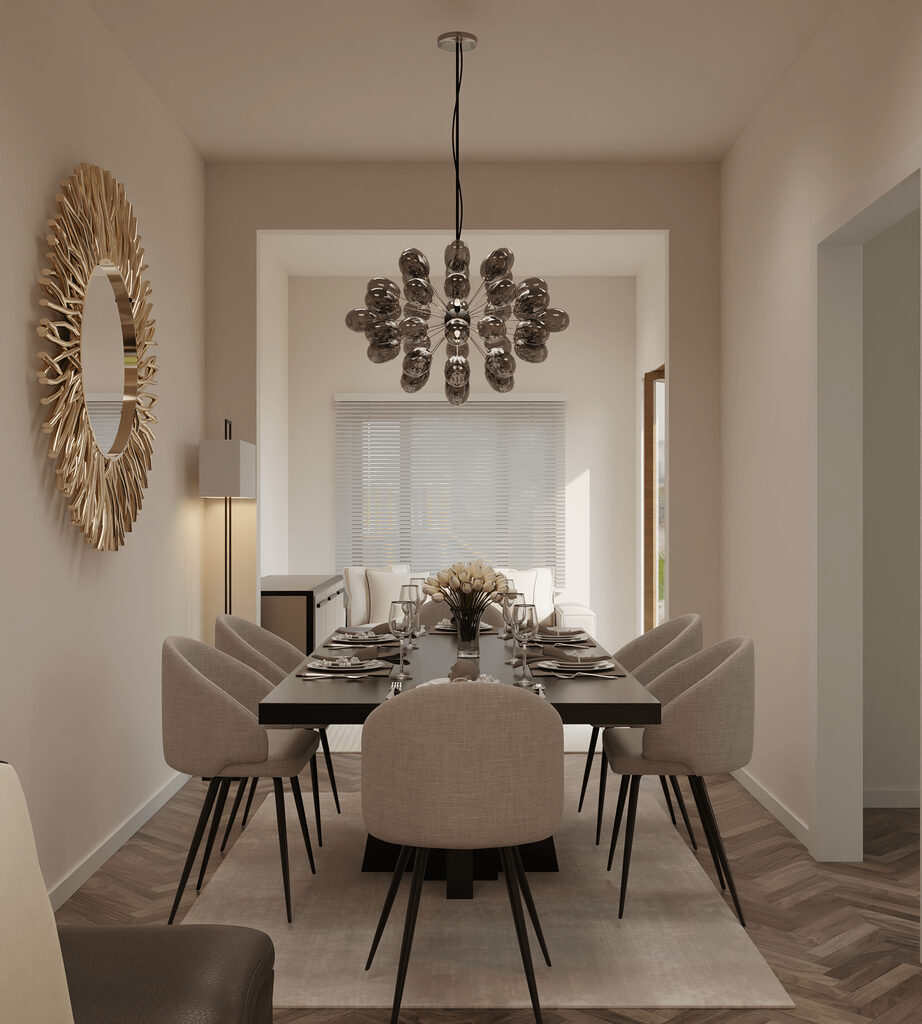
Image credit: House Designer
Rugs come in a wide range of price points, so it’s essential to establish a budget before embarking on your search. Quality rugs can be an investment, but there are also budget-friendly options that offer durability and style. Balance your budget with the longevity you expect from the rug and its impact on your overall decor.
The cost of rugs in the UK can vary widely depending on factors such as size, material, design, and brand. Here are some general guidelines to give you an idea of the average cost range for rugs in the UK:
Budget Rugs:
Small to medium-sized rugs made from synthetic materials or low-cost fibers can be found in the range of £50 to £250.
Mid-Range Rugs:
Rugs in the mid-range category, which may include a variety of materials like wool or blends, and more intricate designs, can typically cost between £400 and £800.
High-End Rugs:
Larger rugs, high-quality materials such as silk or hand-knotted wool, and intricate or designer patterns can fall into the higher price range, starting from £1000 and potentially exceeding several thousand pounds.
Specialty or Antique Rugs
Specialty rugs, such as antique or handmade pieces, can be significantly more expensive. Prices for these rugs can range from a few hundred pounds to several thousand or more, depending on factors like age, condition, and rarity.
It’s important to note that these are general price ranges, and you may find variations based on where you shop, the brand, and any ongoing promotions or sales. Additionally, custom-made or bespoke rugs will likely have higher price points.
Conclusion
Choosing the perfect rug for your home involves a thoughtful consideration of style, size, material, and practicality. By understanding the unique needs of each space, embracing your design preferences, and keeping practical factors in mind, you can select a rug that not only complements your decor but also adds comfort and character to your living spaces. Weaving together functionality and style, the right rug has the power to transform a room into a harmonious and inviting haven.
We hope you found the insights and tips shared in the article valuable as you consider enhancing your living space.



